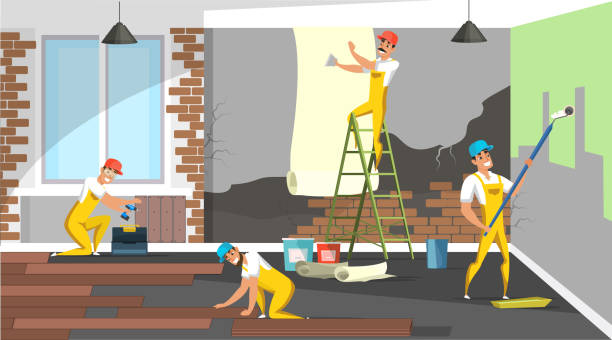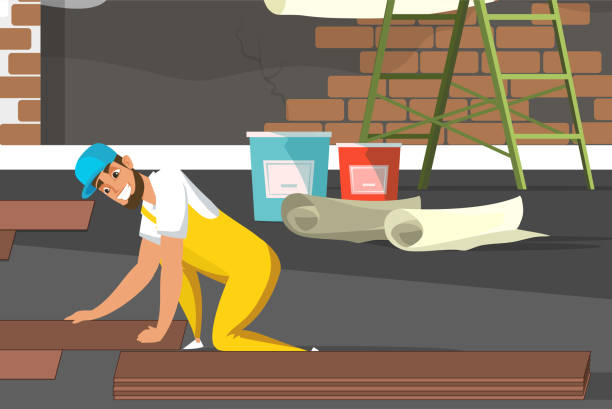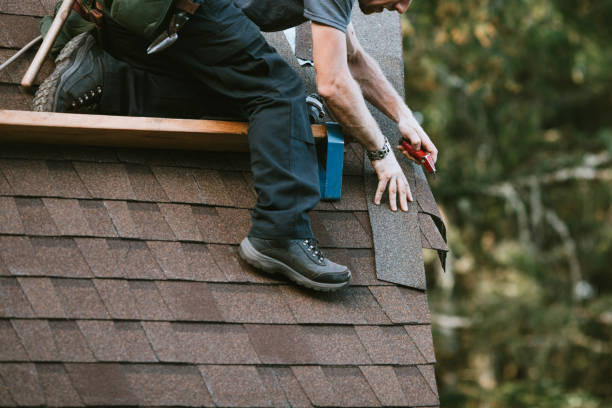Laminate Flooring Installation Tips

Whether you are installing a brand new floor or repairing an old one, there are many steps that you must take to get the job done properly. Laminate flooring installation tips requires the installation of underlayment, as well as the proper thickness and width of the flooring. It is also important to acclimate the laminate flooring to the environment. https://www.pinterest.com/profloortips/laminate-flooring/
Cost to install laminate flooring
Whether you’re planning to install your own laminate floor or are looking for a professional installer, the cost of the new flooring will depend on a number of factors. The materials, labor, and time it takes to install the floor will determine your final cost. The materials you need are also dependent on the size of the room you’re planning on installing the new flooring in.
The cost of installing laminate flooring can range from $2 to $7 per square foot. The actual cost will depend on the thickness, style, and quality of the laminate. The laminate with the most features will cost more.
The cost of installing laminate flooring in a 200-square-foot room will range from $300 to $400. This cost includes materials, labor, and cleanup. Depending on the type of flooring you choose, you may also need to remove the old flooring.
In a 500-square-foot room, the cost of installing laminate flooring will range from $6 to $14 per square foot. In a 1000-square-foot room, you’ll pay anywhere from $6,000 to $14,000.
The cheapest laminate flooring you can buy will cost between $8,500 and $12,500. The more expensive the laminate, the higher the cost of the materials and labor.
Thickness of laminate flooring
Choosing the thickness of laminate flooring installation is a decision that can have a huge impact on the overall look, feel and durability of the flooring. A good way to determine the best option for you is to take into account several factors.
One of the more important factors is the type of subfloor you have. Having an even subfloor will make it easier to install laminate floor boards. Having an uneven subfloor can cause problems, such as a squeaky floor, awkward transitions and problems around doorways.
Another factor is the type of decorative layer. A good quality laminate floor will have a well-designed decorative layer. This layer may be designed to look like wood or even a natural stone.
If you’re on a budget, you may want to consider choosing thinner laminate. This will probably save you some money in the long run, but it may not feel as good as thicker options.
Underlayment
During the laminate flooring installation process, one of the most important things to consider is the underlayment. The underlayment is a layer of padding that will protect your floor from moisture and noise. It will also provide comfort and insulation. The underlayment can be made of foam, felt, rubber, or cork. The underlayment will be placed over your floor and will be attached with adhesive tape.
First, make sure your subfloor is clean and dry. If you are installing on concrete, make sure you have a vapor barrier. The vapor barrier will prevent moisture from getting into the fiberboard, which can cause the floor to warp. If you are installing on a plywood subfloor, you will not need a vapor barrier.
Next, cut the underlayment to the desired size. It will be approximately 2 mm to 3 mm thick. You should be able to buy high-quality underlayment for under $1 per square foot. You should choose an underlayment that has a higher R-value. This means that less heat will move through the underlayment, which can help to keep the floor warm in the winter.
Acclimating laminate flooring to the environment
Accclimating laminate flooring to the environment is important to prevent warped planks, gaps, and damage after installation. Usually, manufacturers suggest that you let the flooring acclimate for a certain period of time before installing it.
During the acclimation process, you should keep the room’s temperature and humidity at a stable level. You can check the humidity in the room using a digital thermometer and humidity gauge.
During the acclimating process, you should seal all windows and doors. This is important to prevent moisture from entering the room. Depending on your climate, you may need to allow your floor to acclimate for more than three days.
The best temperature for acclimating floor laminate is between 64 and 86 degrees Fahrenheit. A lower temperature will cause your planks to shrink. On the other hand, a higher temperature will cause your planks to expand.
To acclimate floor laminate, you should have a relative humidity of between 25% and 75%. This will prevent the planks from settling permanently.




